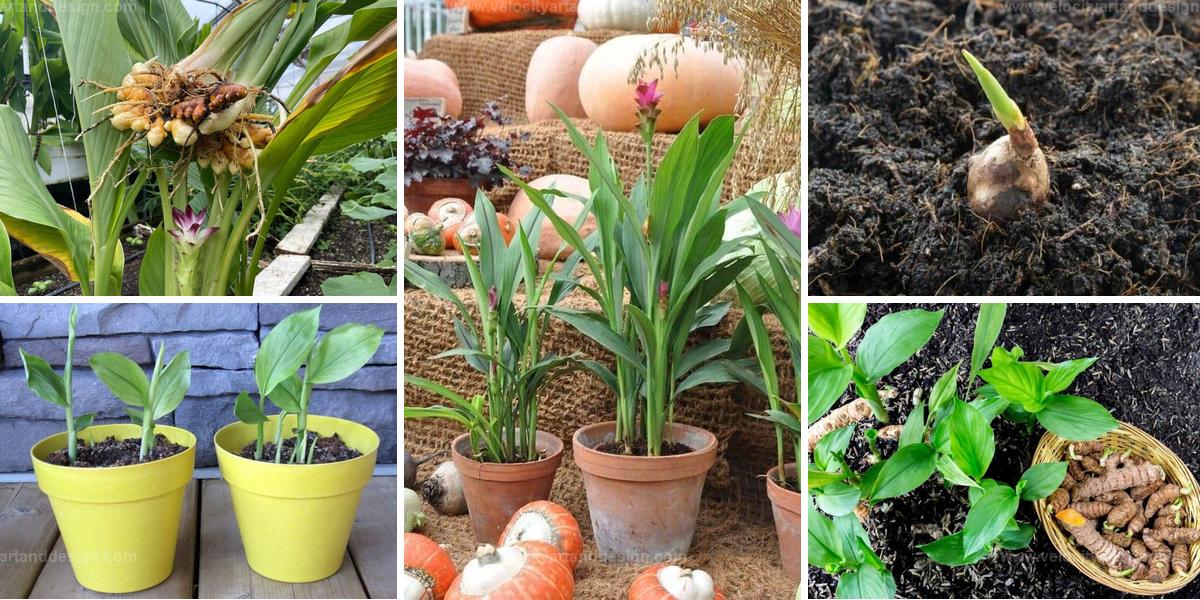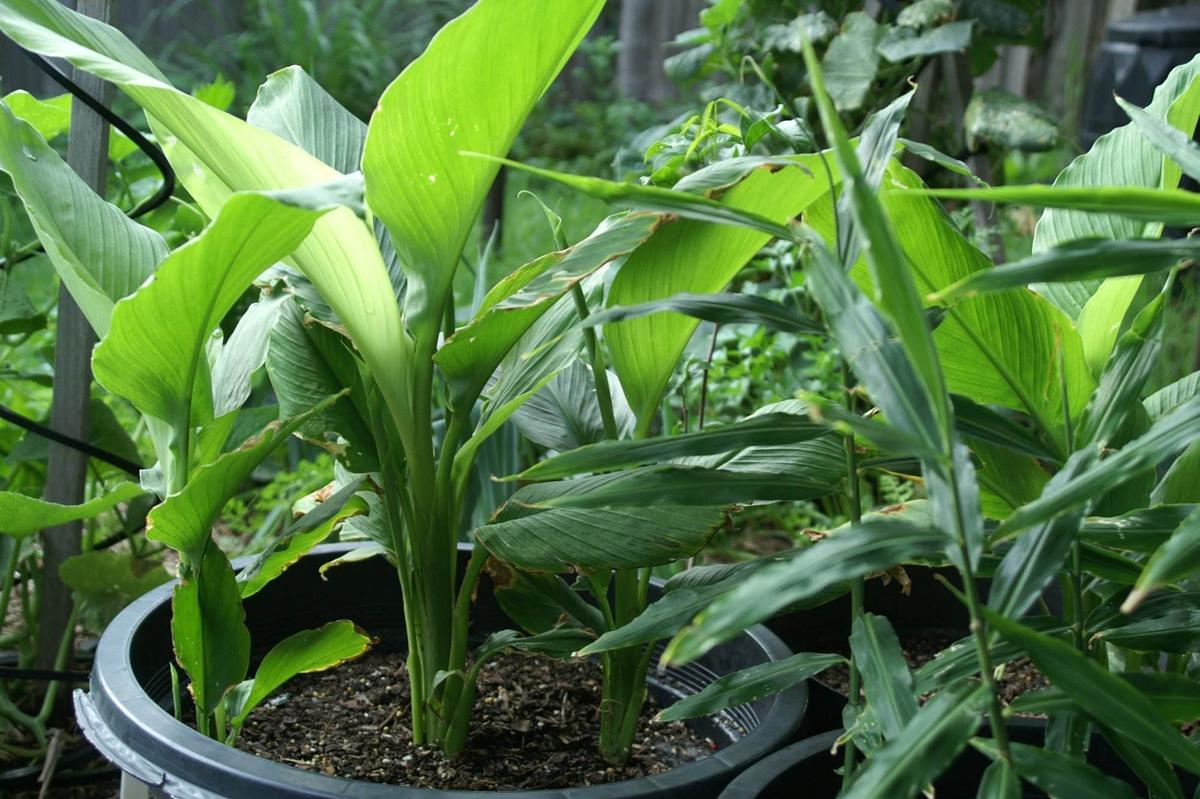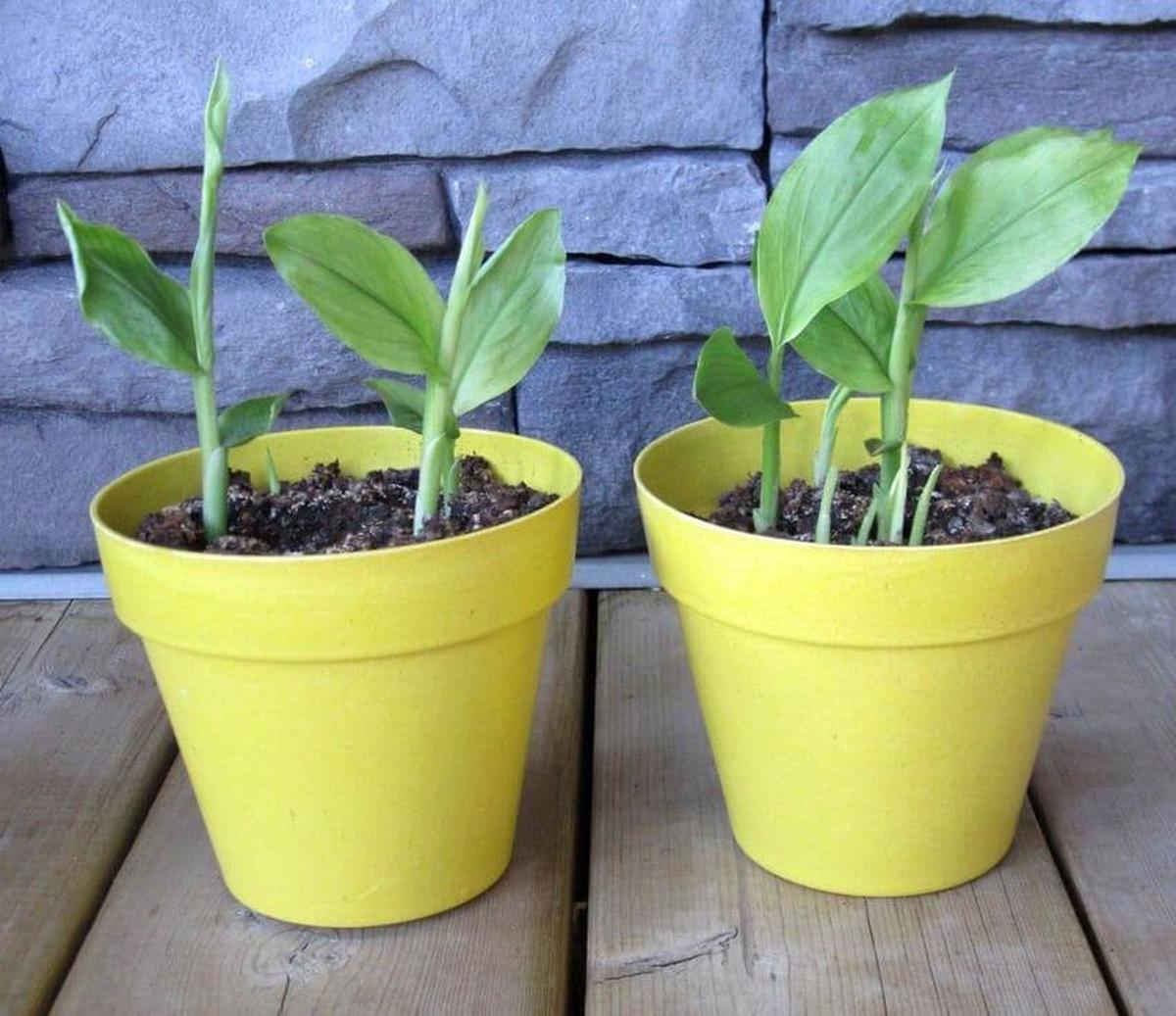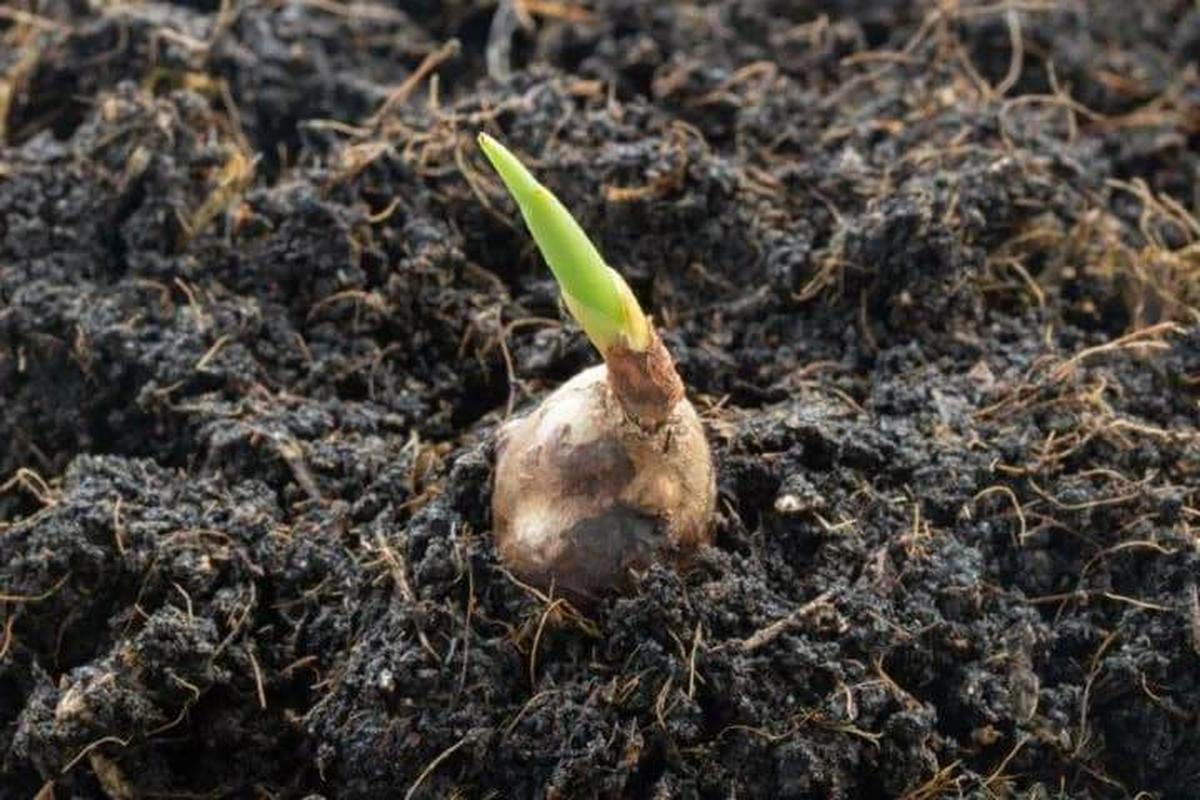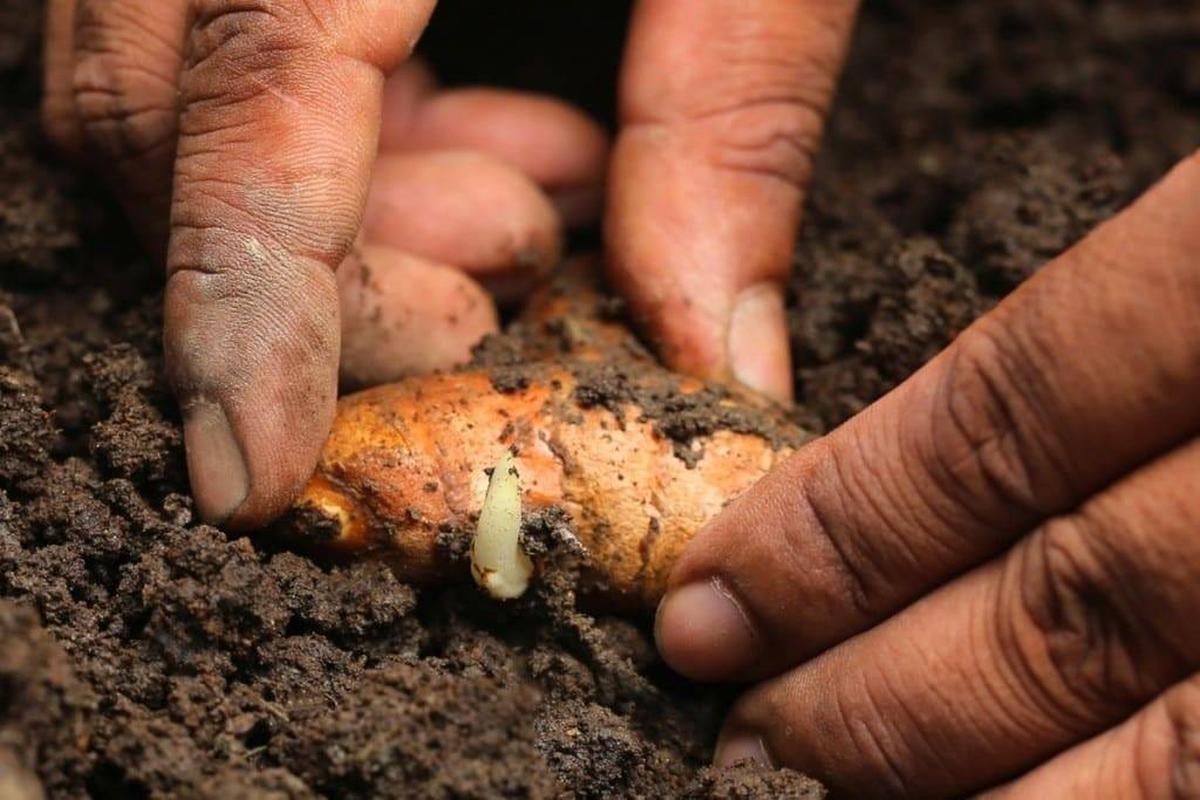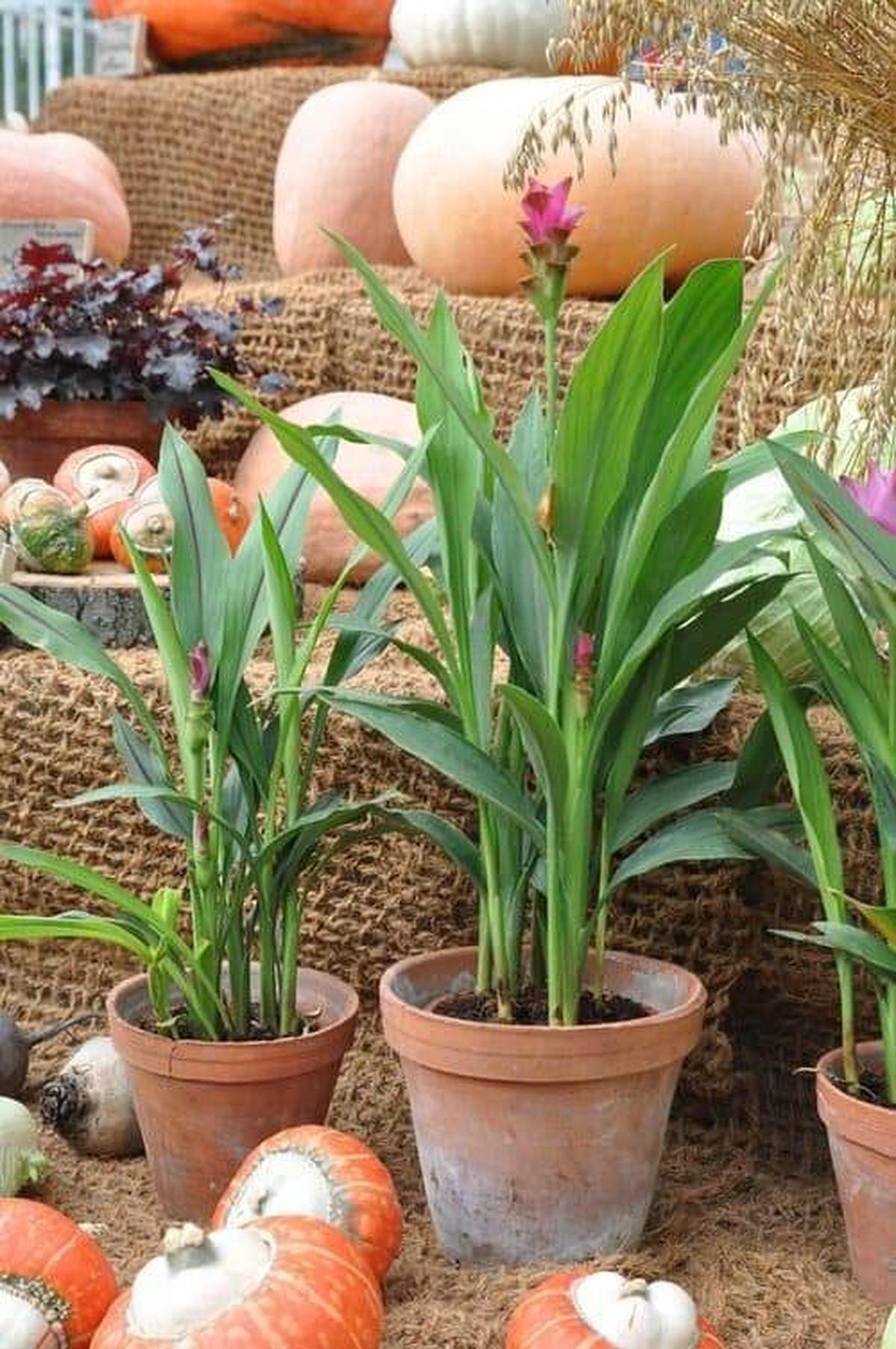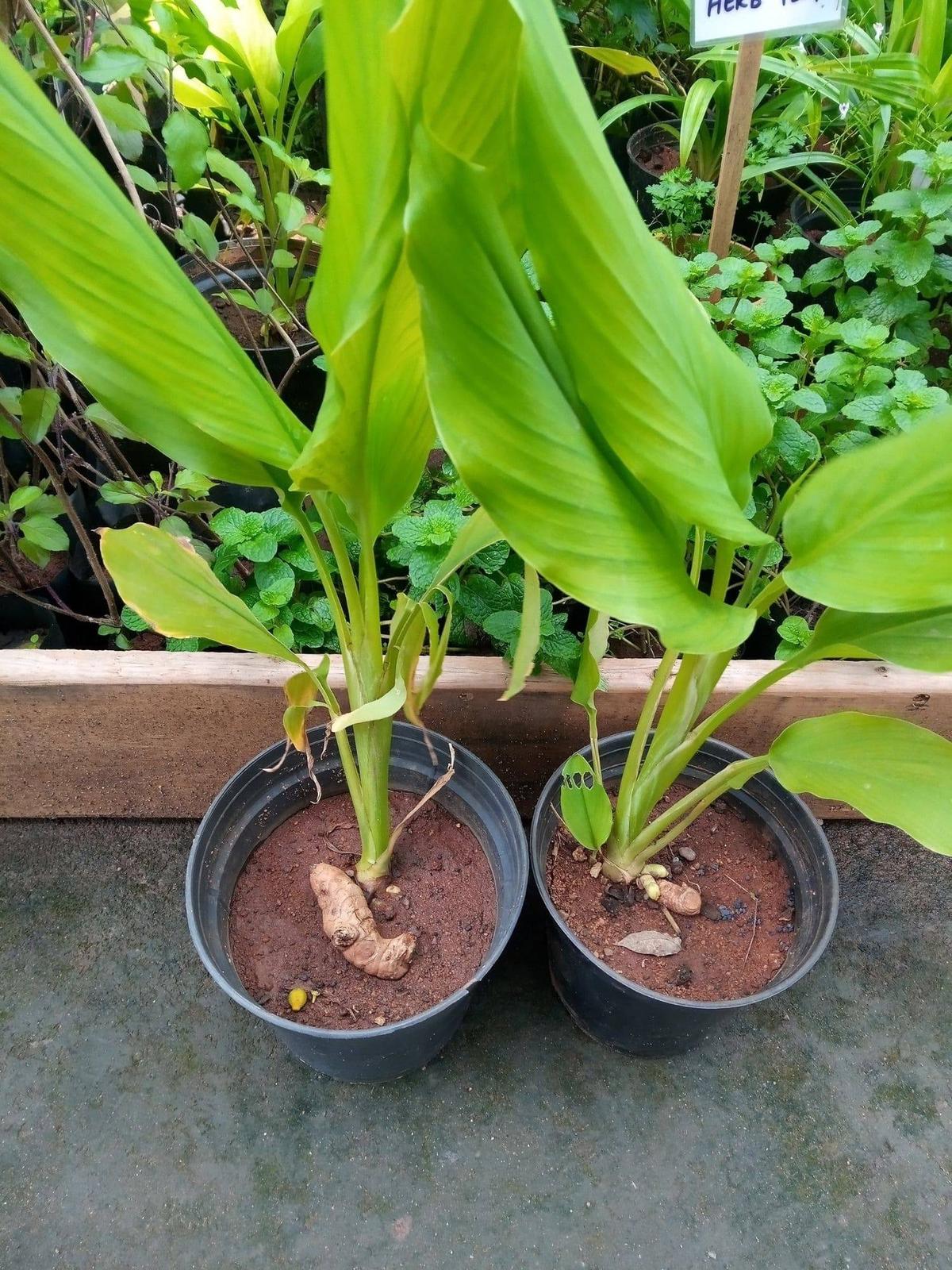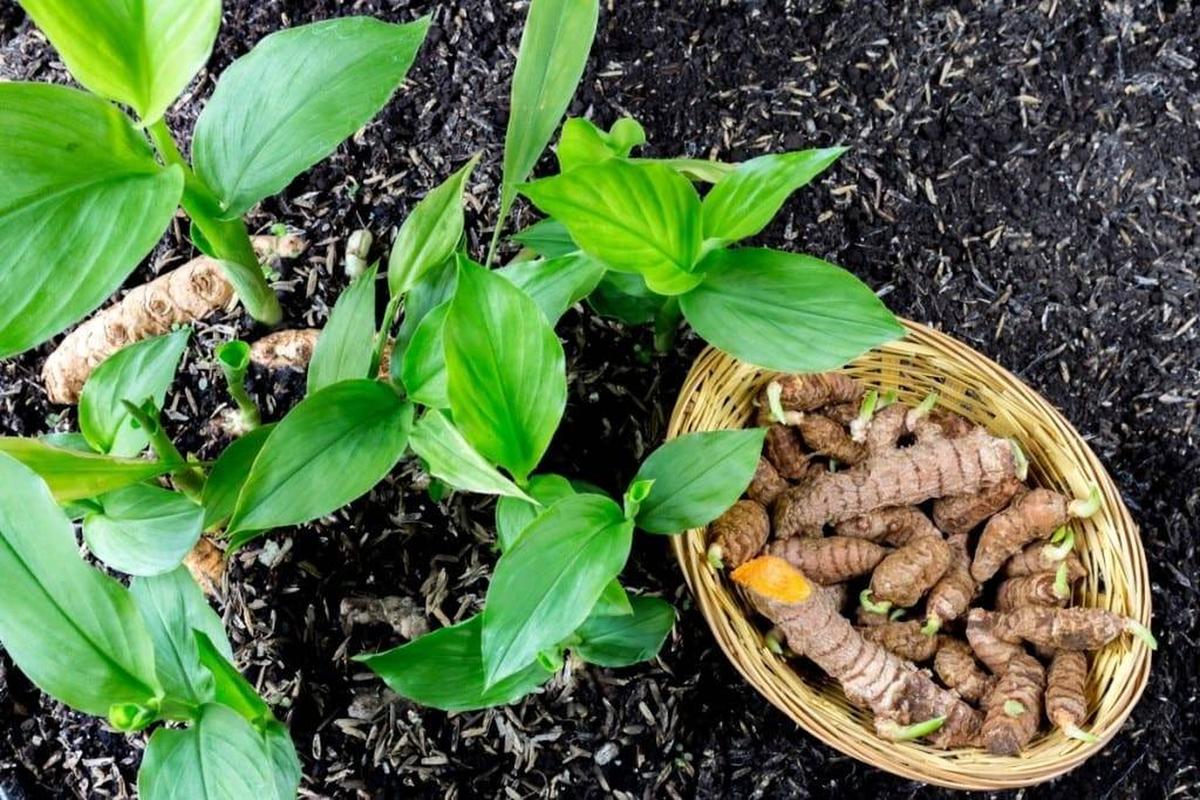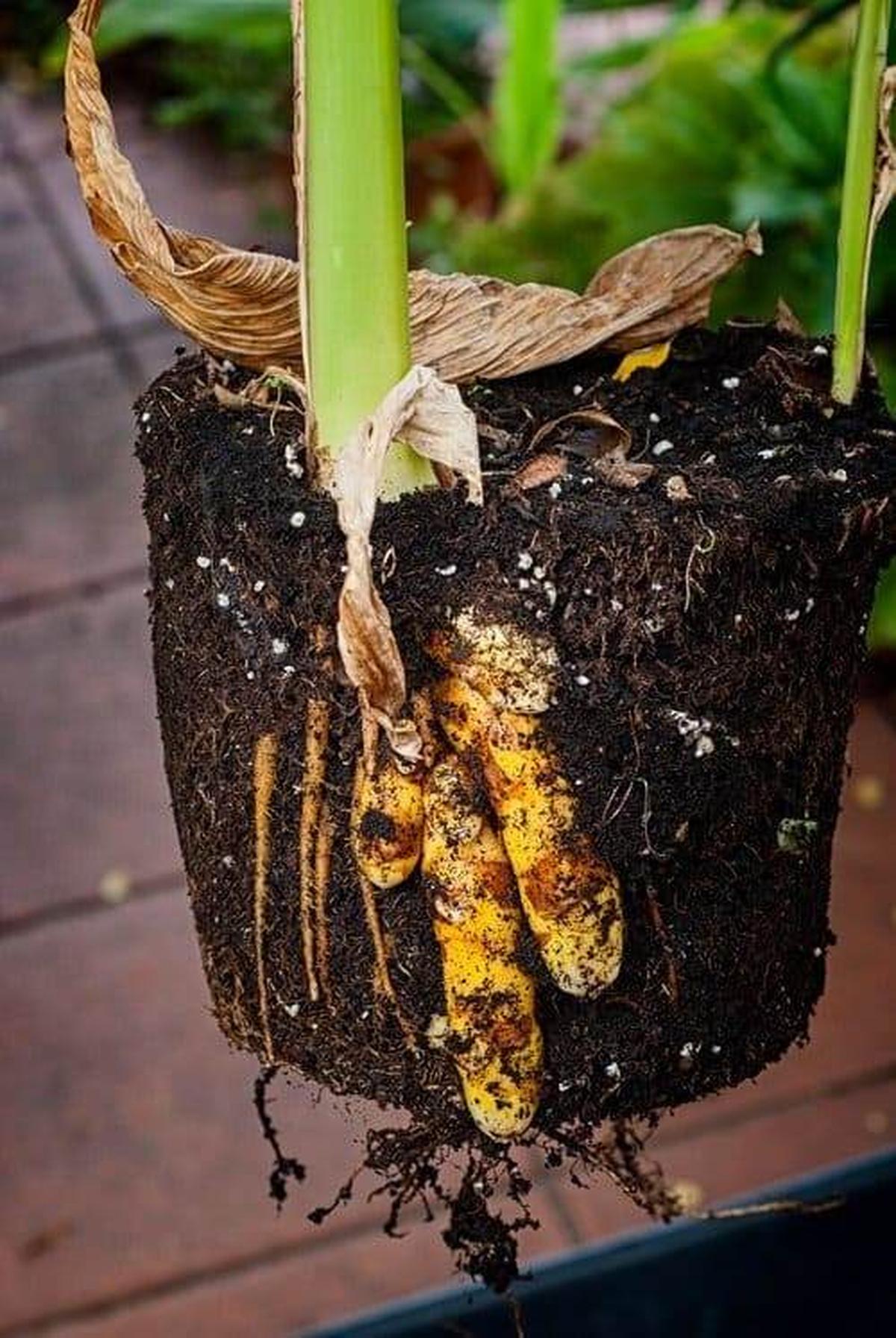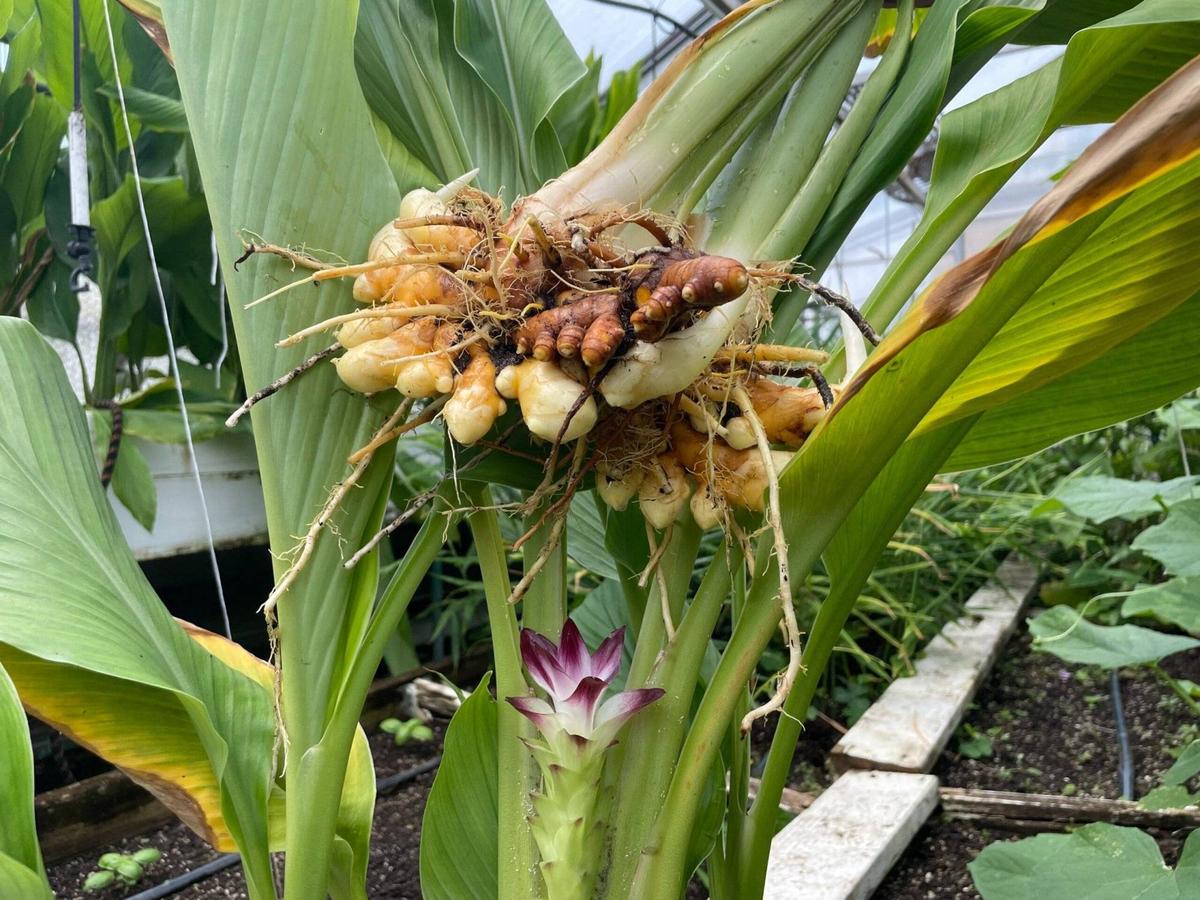How to Grow Fresh Turmeric in Containers at Home
Growing turmeric in containers allows you to enjoy this vibrant spice right from your balcony or patio.
With just a few pots, you can harvest fresh turmeric that not only flavors your meals but also boosts your health.
This practical guide will show you the straightforward steps to cultivate and care for turmeric, even in limited spaces.
Planting Turmeric In Containers
Choosing A Sunny Location
Turmeric (Curcuma longa) thrives in a tropical environment, necessitating warmth and humidity to grow. If your area experiences cold winters, container gardening is ideal for this spice.
Ensure the spot you choose, like a sunny windowsill, balcony, or patio, receives about 6 to 8 hours of indirect sunlight daily to keep your turmeric happy.
Choosing A Suitable Pot
The success of growing turmeric starts with the right container. Choose a pot that is at least 18 inches in diameter and 12 inches deep to accommodate the spread of turmeric's rhizomes.
Ensure the container has drainage holes to avoid waterlogged soil, which can cause root rot. Containers made from clay or plastic are good as they help retain essential moisture and warmth.
Since turmeric is a perennial plant, select a durable pot that will last through the seasons.
Selecting Healthy Turmeric Rhizomes
For successful turmeric growth, start with high-quality rhizomes. Source fresh, healthy rhizomes from a reputable nursery or online store.
Before planting, cut the rhizomes into smaller pieces, each with a couple of buds, and let them air-dry for a day or two. Turmeric prefers well-draining, rich organic soil mixed with some potting soil and compost, and adding a bit of sand can improve drainage further.
Planting Turmeric Rhizomes
Plant the rhizomes about 2 inches deep with the buds facing upwards, spacing them about 4 to 6 inches apart. After planting, water the soil well to help settle it around the rhizomes.
Sprouts should appear in a few weeks, but be patient as turmeric is a slow-growing plant, and significant growth might take several months.
Essential Care for Turmeric
Watering Turmeric
Turmeric's watering needs are much like those of ginger. It's crucial to keep the soil moist throughout its growing season, which runs from spring to fall.
To help maintain moisture, mist the plant's leaves during dry spells and consider grouping it with other plants to create a beneficial microclimate.
Ideal Temperature
Turmeric thrives in temperatures ranging from 68 to 95 degrees Fahrenheit (20 to 35 degrees Celsius). If temperatures drop below 50 degrees Fahrenheit (10 degrees Celsius), the plant may struggle to grow.
Fertilization Practices
For turmeric grown in containers, using a diluted general liquid fertilizer monthly during the growing season is beneficial. Reduce the fertilizer to one-quarter strength for the best results.
Adding manure or compost around the plant can also boost its growth. Alternatively, incorporating kelp and neem cake meals into your fertilizing routine can provide additional nutrients.
Winter Care
When growing turmeric in pots, it’s important to move the plants indoors during colder months to protect the roots.
Keep indoor temperatures around 60 to 64 degrees Fahrenheit (15 to 18 degrees Celsius). This indoor period also allows for harvesting the turmeric.
Harvest and Storage Tips
When to Harvest
Start harvesting turmeric when the leaves turn yellow and begin to dry. Carefully dig around the rhizomes to avoid any damage.
You can either harvest all of it or leave some in the ground to continue growing.
How to Store
After harvesting, store the turmeric rhizomes in a cool, dark, and dry place. Properly stored, they can remain fresh for several months.
Be sure to save some rhizomes for replanting when the next growing season rolls around.
FAQS
What are the common pests or diseases that could affect turmeric plants?
Although turmeric typically shows good resistance to pests and diseases, it’s wise to watch out for common garden intruders such as aphids and mealybugs. If these pests do appear, treating the plants with neem oil or insecticidal soap usually works well.
Is it beneficial to use fresh turmeric for health reasons?
Absolutely, fresh turmeric is renowned for its health benefits, including its anti-inflammatory and antioxidant qualities. It’s versatile enough to be used in making turmeric tea or as a spice in everyday cooking to boost health.
Can the leaves of turmeric plants be used?
Yes, the leaves of turmeric plants are quite useful. Similar to how banana leaves are used, turmeric leaves can wrap foods for grilling. They can also be dried and powdered to add a unique flavor to a variety of dishes, particularly those inspired by Indian cuisine. Remember to harvest only a couple of leaves from each plant at a time to minimize stress on the plant.

